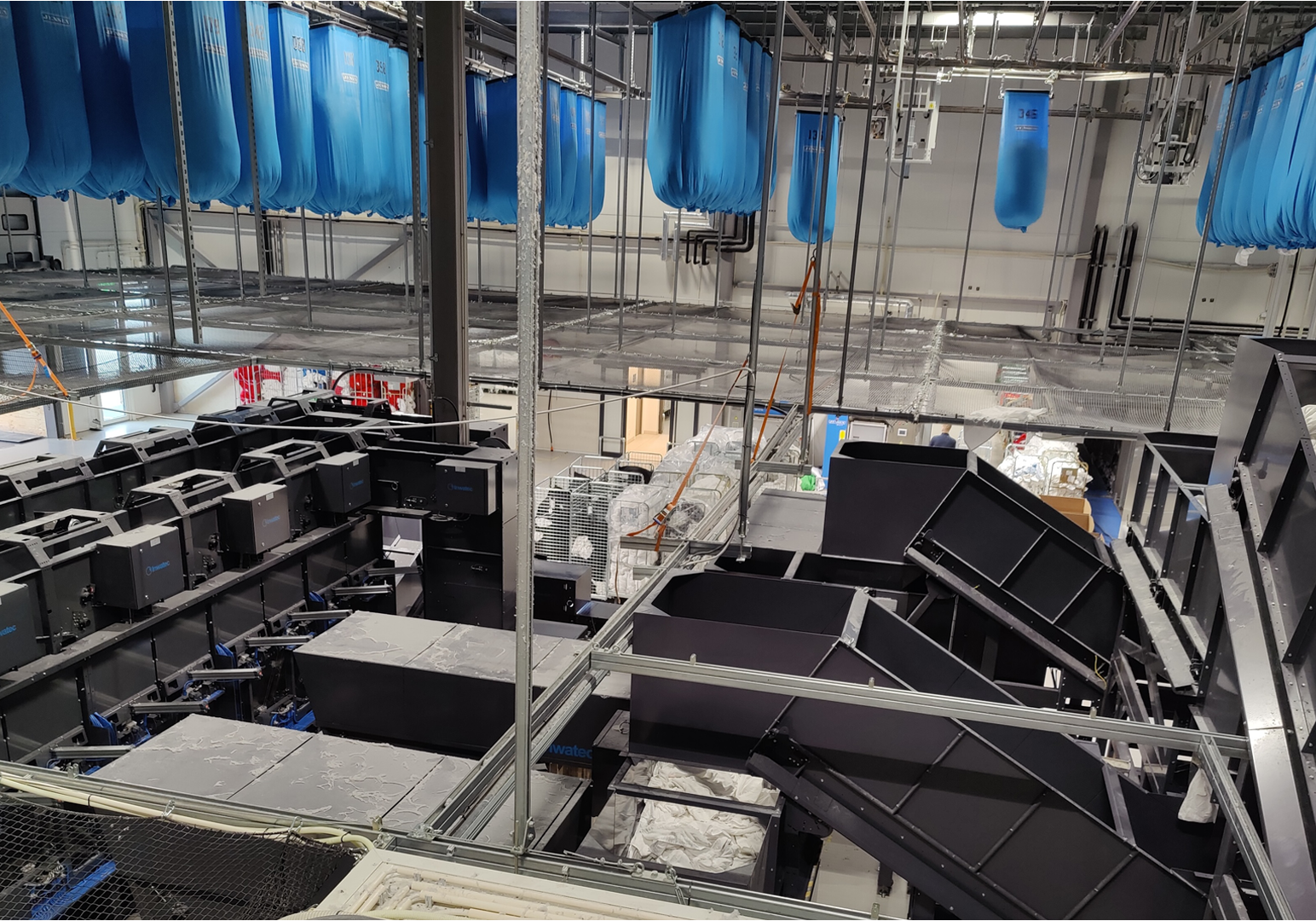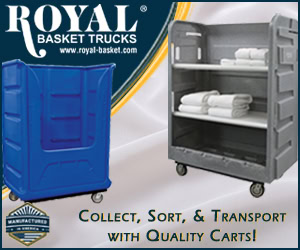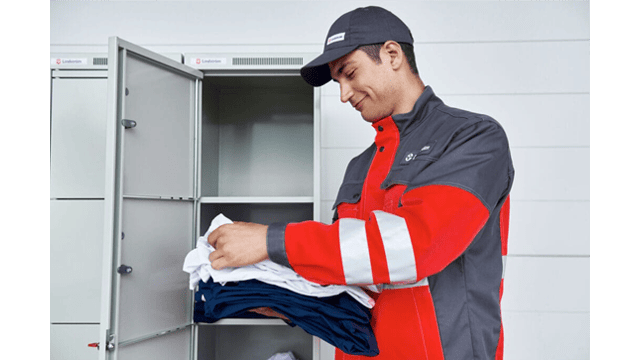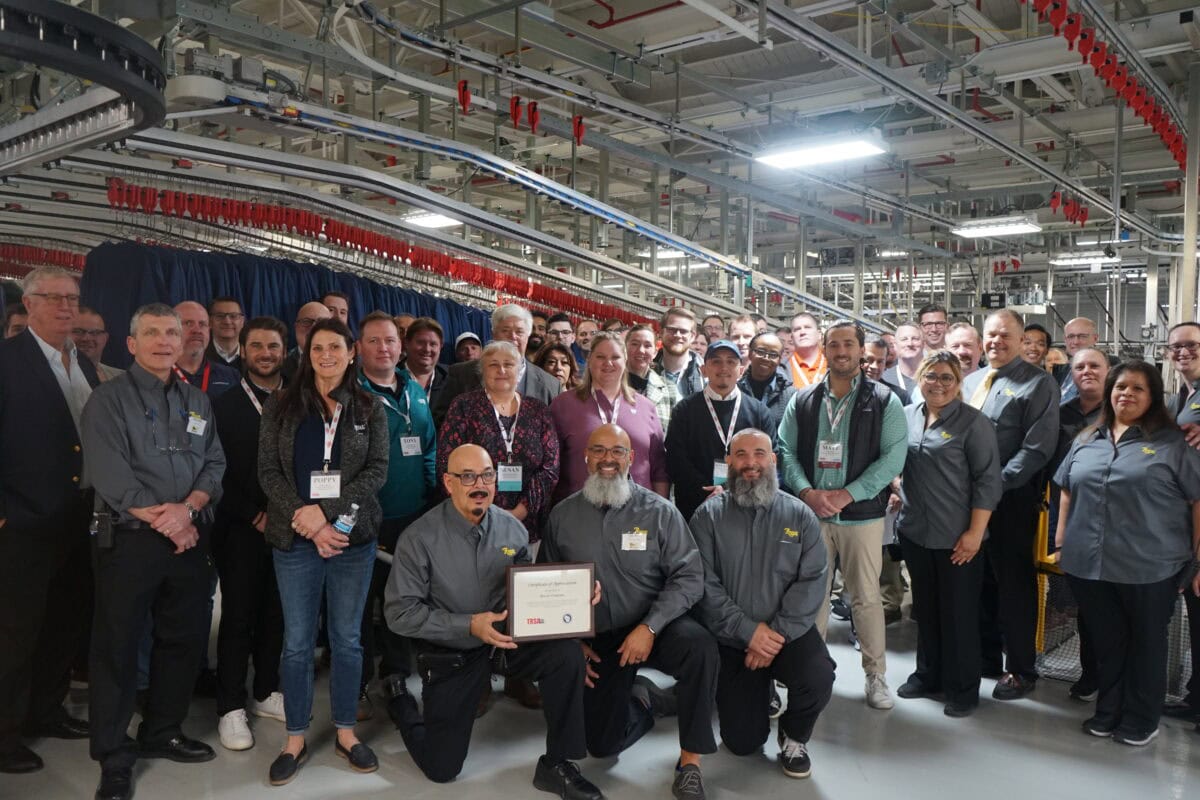Are people lined up outside your plant hoping to get jobs sorting soiled healthcare linens? We thought not. That’s why Textile Services Weekly recently interviewed a Finnish operator, Puro, that’s automated soil-sorting at their plant north of Helsinki.
Paavo Martikainen, the CEO of Puro Tekstiilihuoltopalvelut Oy, gave us a quick rundown on the automated-sorting system they installed last fall from JENSEN/Inwatec. He said it’s saving labor and boosting efficiency. “We do have robotics and automation,” Martikainen said as he described the automated sorting system in which a robotic arm with a camera “sees” individual items and drops them onto an identification line. After identification, it uses reverse conveyors to drop items into a chute system.
The Puro plant in Kerava is about 40 minutes north of Helsinki. Puro is Finland’s largest publicly owned laundry, processing roughly 15 million kg. (33 million lbs.) of healthcare garments and flatwork annually, Martikainen said. The company has three plants in southern Finland.
The Puro plant with the robotic sorting line takes up 80,729 square feet (7,500 square meters) in an industrial park. The management team is evaluating options for robotics on the finishing side as well, but they haven’t yet launched a project in that area. “We are considering that kind of solution, but ironing is still fed by hand, ” Martikainen said. As for their soiled-sort automation technology, he adds that he’s pleased with the system, which has reduced overtime. “We (now) have the capacity needed in regular hours,” Martikainen said. “So we don’t need to extend operating hours as before.”
What’s more, maintaining the system hasn’t posed difficulties for Puro. “We have our own maintenance,” he said. “For the most part, they are taking care of this line. They’ve been trained.” If necessary, technicians from Inwatec can access the system remotely. So far, no issues have arisen that would require an in-person visit by a vendor technician. “We analyze the performance for possible failures,” Martikainen said. “And so far, we have been able to solve problems by ourselves.”
While the plant can accommodate the footprint needed for the robotic sorter, Martikainen said his team would have had an easier time making room for it if they were building a “greenfield” facility from scratch.
Another plus for the soil sorter is that it includes an X-ray system for textiles that detects foreign objects, such as hypodermic needles or operating room “sharps” that could pose a risk to staff and equipment.
When asked if he’d recommend this automated soil-sorting system to others in the linen, uniform and facility services industry, Martikainen answers, “Yes, I strongly recommend it. We are very pleased.”
Sign Up For Our Newsletter
Receive the latest updates on the linen, uniform and facility services industry from TRSA delivered straight to your inbox.








